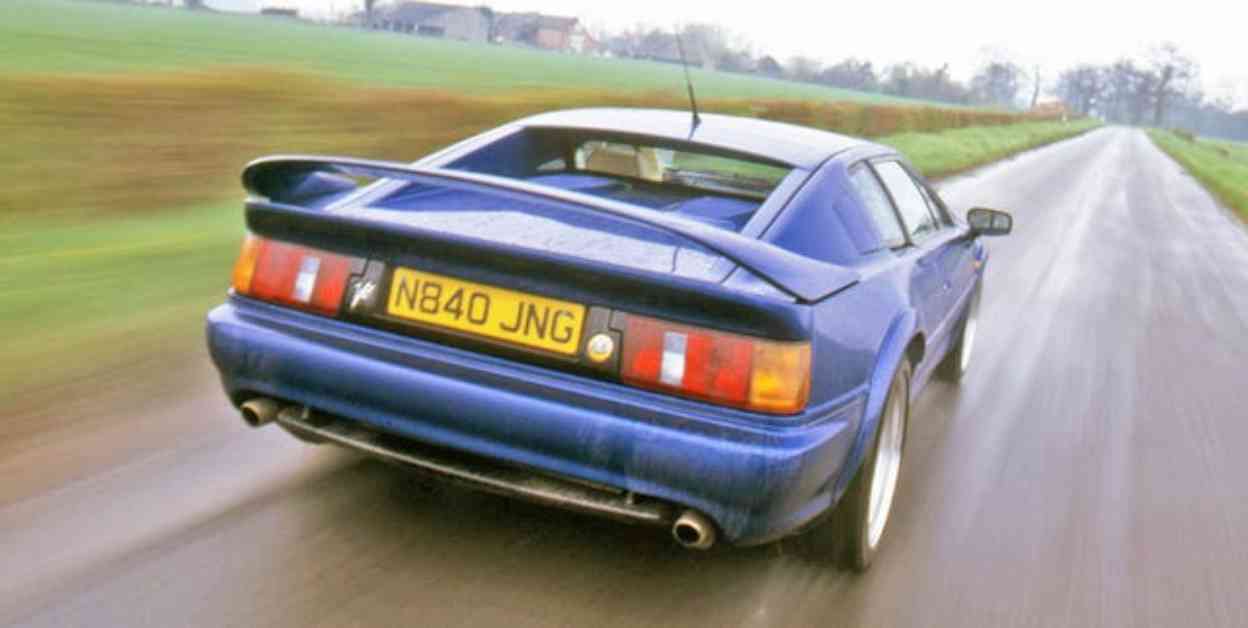Lotus has always been considered the underdog in the world of supercars when compared to big names like Ferrari and Porsche. However, the company has a rich history in Formula 1 racing, winning seven world constructors’ championships. The Lotus Esprit, first introduced in 1976, was a competitive racing-style two-seater with a mid-engine layout and 160 horsepower from a 2.0-liter four-cylinder engine. Over the years, the Esprit evolved with upgrades in price, engine displacement, and power.
In 1988, the Esprit received a redesign by British designer Peter Stevens, giving it a softer and more rounded shape. Despite its stylish appearance, the Esprit faced challenges in the supercar market due to its four-cylinder engine, which was not as appealing as the V-8 engines in Ferraris and Dodge Vipers. The Esprit S4S model received criticism in a 1995 comparison test due to its powertrain.
To address these concerns, Lotus decided to give the Esprit a major upgrade by developing a completely new 3.5-liter V-8 engine, known as the Type 918. This engine, designed and built by Lotus in just 27 months, aimed to enhance the performance of the Esprit and make it more competitive in the supercar segment. With 350 horsepower and the potential for another 100 hp with intercoolers, the new V-8 engine provided a significant power boost to the Esprit.
The performance of the Esprit V-8 improved across various aspects, including acceleration, top speed, and handling. The new engine offered a wide spread of torque, resulting in better low-rpm acceleration and a smoother driving experience. The Esprit V-8 was able to achieve a top speed of 178 mph, putting it in the league of high-end supercars like the Ferrari F355 and Porsche 911 Turbo.
While the engine performance of the Esprit V-8 was commendable, there were some drawbacks in terms of noise levels and interior comfort. The engine noise and wind noise within the car were noticeable, highlighting the car’s age compared to more modern supercars. The interior design remained unchanged, with limited space and visibility issues that could be challenging for some drivers.
Despite these shortcomings, the Esprit V-8 excelled in handling, thanks to its sharp cornering abilities and compliant ride quality. The power steering and braking systems were improved for better performance and responsiveness. The Esprit V-8 became the flagship model for Lotus in the United States, offering a more affordable option compared to competitors like Ferrari and Porsche.
With a base price of $85,640, the Lotus Esprit V-8 presented a compelling choice for enthusiasts looking for a high-performance supercar without breaking the bank. The new V-8 engine showcased Lotus’s commitment to innovation and engineering excellence, positioning the Esprit as a worthy competitor in the supercar market.










